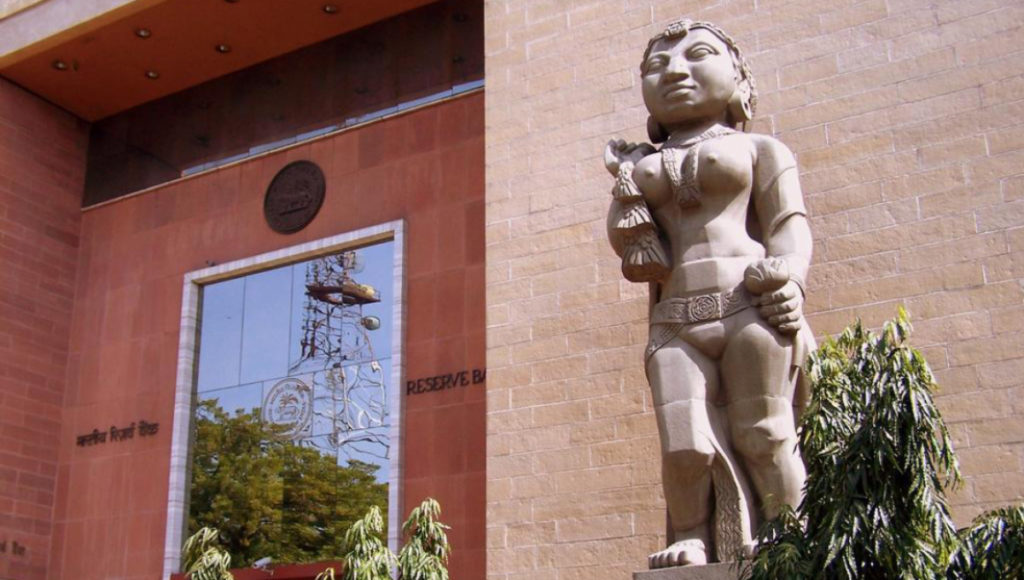In the last monetary policy review by the Reserve Bank of India (RBI) with Dr. Raghuram G. Rajan as its governor, the Indian central bank has kept the key monetary policy rates unchanged. The repo rate, or the rate at which the RBI lend to banks for infusing liquidity in the market, has been left unchanged at 6.5%. The cash-reserve ratio (CRR) stays as 4% of net demand and time liabilities (NDTL).
Consequently, the reverse repo rate under the liquidity adjustment facility (LAF) will remain unchanged at 6%, and the marginal standing facility (MSF) rate and the Bank Rate at 7%.
In his statement, RBI governor Rajan expressed concerns over the Indian banks not reducing the lending rates after past cuts in the repo rate and improved liquidity in the market. “Despite easy liquidity, banks have passed past rate cuts into lending rates only modestly. Earlier, some bankers said that it was the lack of liquidity that was holding rates high, now I hear from some that it is fear of the FCNR(B) (Foreign Currency Non-Resident (Bank) Account) redemptions that is making them reluctant to cut rates. I have a suspicion that some new concern will crop up once the FCNR(B) redemptions are behind us.”
In India, several factors such as good monsoon are helping to support the economic recovery. “By early August, the cumulative rainfall was 3% higher than the long period average, with more than 80% of the country receiving normal to excess precipitation. Kharif sowing strengthened after a lacklustre start, particularly with respect to pulses. Barring cotton, jute and mesta, sowing of all crops is currently above last year’s acreage,” according to the statement released by the RBI.
Industrial production in the country also picked up in May 2016 on the back of manufacturing and mining, following a decline in April 2016. However, there is a prolonged sluggishness in the capital goods sector, which reflects weak investment demand. The rate of decline in the fast-moving consumer goods (consumer non-durables) segment has slowed, pointing to revival in rural demand. In contrast, consumer durables has been growing steadily due to urban consumption demand.
The services sector business expectations remained optimistic. “Automobile sales across most segments, railway, port and international air freight traffic, foreign tourist arrivals, and domestic air passenger traffic are providing the underlying momentum for the upturn. The gradual improvement in the services sector is getting broad-based,” according to the RBI.
“Since the second bi-monthly statement of June 2016, several developments have clouded the outlook for the global economy. Across advanced economies (AEs), growth in Q2 of 2016 has been slower than anticipated, and the outlook is still mixed,” according to the statement released by the RBI. “World trade remains sluggish in the first half of 2016. International financial markets did not anticipate the Brexit vote and equities plunged worldwide, currency volatility increased and investors herded into safe havens. Since then, however, equity markets have regained lost ground. Currencies, barring the pound sterling, have stabilised, with the yen appreciating the most on risk-on demand as well as the announcement of fresh stimulus.”
Increased Inflation
Consumer inflation, measured by the consumer price index (CPI), jumped to a 22-month high in June 2016. It has been mainly driven by food, with vegetable inflation being higher than the usual seasonal rise at this time of the year. Fuel inflation remained subdued, mainly due to sustained decline in prices of liquefied petroleum gas (LPG). Excluding food and fuel, inflation eased across major categories.
Going forward, the country’s economic growth is expected to gain momentum with normal monsoon raising agricultural growth and rural demand, as well as by the expected increase in consumption spending from the disbursement of pay, pension and arrears on implementation of the 7th Central Pay Commission’s salary recommendations for the employees of the central government.
The fourth bi-monthly monetary policy statement by the RBI will be announced on 4 October 2016.
